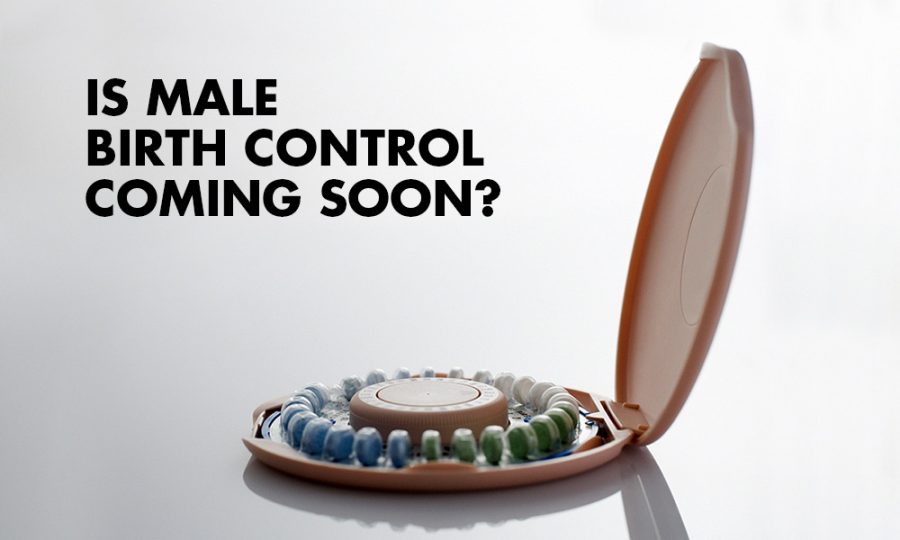

“Increased choice will result in increased overall use.”

“One might imagine in time a variety of different methods: pills, gels and injections,” he says. Expectations of an immediate impact would also be premature: it will have to receive FDA approval and won’t be available for human use for years.īut Anderson, who is developing a non-hormonal, “rub-in” male contraceptive gel that is already in its second phase of human trials, argues that the long-term answer to male birth control is likely to come through several methods. Researchers will begin testing human clinical trials by the end of the year, but with the caveat that there’s no guarantee these hugely promising results in mice will translate to humans. The pill, which was produced after a research stage involving the synthesis of around 100 different alternative chemical compounds, works by blocking the user’s proteins from binding with vitamin A, which is important for fertility in mammals. Professor Richard Anderson, a leading expert in reproductive science at Edinburgh University, says that the new pill is “brilliant” in terms of its scientific approach. The team said the mice were also able to father offspring again four to six weeks after they stopped receiving the treatment, giving hope of the pill being a reliable but, crucially, reversible option for male contraception. It could be the next big thing in birth control.” “We’ve made a lot of progress in gender issues, but this field has been lagging behind for a long time. “This is long overdue,” says Md Abdullah al Noman, a PhD candidate and one of the project’s main researchers. Last month a team of scientists at the University of Minnesota revealed that they had developed a male contraceptive pill that was shown to be highly effective after early-stage testing carried out in the laboratory.Īccording to the findings, which were presented at the American Chemical Society’s spring meeting, when given orally to male mice for four weeks, the pill “dramatically reduced” their sperm counts and was 99 percent effective in preventing pregnancy in their mates - without any observable side effects.

Results suggest that researchers need to focus on the process by which contraceptive usage is negotiated and renegotiated among married couples.Over half a century on from when the female birth control pill was first approved for wide scale use in the 1960s, efforts to produce a viable male equivalent appear to finally be reaching a long-awaited climax. 08, in perceiving their spouse's attitudes toward male pill adoption. No support was found, however, for the hypothesis that beliefs in shared contraceptive responsibility would lead to greater acceptance of a male pill. Modest support was found for the hypothesis that more egalitarian sex-role preferences are positively related to a greater belief in contraception as a shared responsibility, wives: r =. A mailed survey of 47 married couples selected from a newspaper "Birth Listing" column in Columbus, Ohio was used to contrast spouses' views, to assess levels of actual and perceived consensus among partners, and to identify predictors of greater stated likelihood of male pill usage. Contraceptive decision making is likely to become more complex when male oral contraceptives are marketed and as sex-role preferences become more egalitarian.


 0 kommentar(er)
0 kommentar(er)
